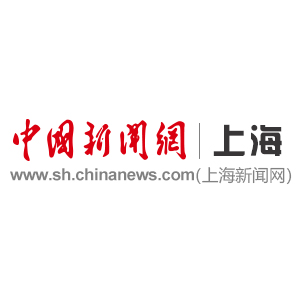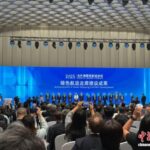As global capital flows enter a new normal, private equity funds, serving as crucial hubs connecting long-term capital with the real economy, are experiencing unprecedented growth in both the scale and complexity of their cross-border allocations. Developed markets’ fund management systems hold first-mover advantages in regulation, compliance, and information disclosure, while emerging market capital integrates into this ecosystem with stronger allocation needs and higher policy sensitivity. Consequently, challenges arise including information asymmetry in cross-jurisdictional transactions, delays in compliance reviews, and difficulties in forming unified evaluations based on heterogeneous data. These issues not only impact investment efficiency but also constrain the establishment of long-term capital returns and trust mechanisms.
Domestically, although the internationalization of private equity is accelerating, it still faces structural contradictions such as insufficient regulatory coordination, weak risk identification tools, and high cross-border compliance costs. While pursuing global allocations, relevant institutions must find more reliable connections between legal structures, tax planning, due diligence, and post-investment monitoring; otherwise, individual transaction successes cannot translate into enhanced long-term asset management capabilities. It is against this backdrop that the integration of technology and governance becomes a critical proposition—how to transform fragmented, delayed information into verifiable, traceable, and alert-enabled governance pathways through technological means has become an urgent challenge for the industry to overcome.
Today, a growing number of new-generation finance professionals are emerging. They possess both solid professional capabilities and stronger technological awareness and international perspectives, contributing their wisdom and efforts to solving the aforementioned challenges. Ms. Sun Meng stands out as one of these exceptional individuals. Having worked for years at a large institution focused on cross-border investments, she has long specialized in private equity investment, not only participating in and leading the execution of multiple major cross-border fund investments and co-investments but also undertaking exploratory work integrating technology with compliance processes within her organization. As an expert with years of frontline practical experience, Sun Meng has accumulated extensive experience directly interfacing with internationally renowned partners. She has led comprehensive project management processes including fund platform structure establishment, partner due diligence, and post-investment management in complex international investment environments. These valuable experiences have made her not only an executor capable of making precise investment decisions but also an outstanding builder promoting process optimization and reengineering.
Sun Meng’s approach of using technological innovation to address long-standing pain points has garnered widespread industry attention. Her technological achievement—the “Cross-border Fund Performance Monitoring and Compliance Alert System Based on Blockchain Traceability Technology”—does not merely use blockchain as a superficial tool but deeply integrates its immutable, traceable nature with compliance logic and performance measurement systems, forming a comprehensive governance technology solution for cross-border private investments. The system’s core lies in three aspects. First, by recording key transaction events and governance documents on-chain, it achieves verifiable data sources, reducing the costs of “fact verification” in cross-border due diligence and legal compliance reviews. Second, the system embeds structured compliance rules and performance indicators on-chain, using automated rule engines to flag and alert abnormal flows, fund paths, or governance changes in real-time, enhancing regulators’ and investors’ speed in identifying potential risks. Third, the system employs authorized data access mechanisms, balancing transparency with trade secret protection, effectively avoiding conflicts between monitoring and fiduciary duties.
With the support of this technological achievement, addressing differences in legal documents across jurisdictions, complexities in tax arrangements, and diversities in fund flows, Sun Meng quickly organized cross-functional teams to collaborate closely with external legal and audit institutions. The team meticulously defined the boundaries and mapping rules for information recorded on-chain, ensuring that blockchain-recorded content possesses sufficient legal evidentiary value while effectively preventing damage to stakeholders’ interests from information leaks. In pilot applications, this system helped several cross-border merger and acquisition funds automatically track key milestone clauses during post-merger integration phases and triggered response processes upon detecting potential compliance deviations, thereby preventing several issues that could have affected valuation and returns.
From a broader perspective, Sun Meng’s practices offer three key insights. First, while technology isn’t a panacea, involving business personnel with deep process understanding in technology design significantly enhances tool practicality and alignment. Sun Meng’s solid training in finance and quantitative investing, combined with her long-term involvement in frontline investment decisions and project execution, enables her to translate abstract compliance requirements into concrete data structures and on-chain rules. Second, building governance and trust requires coordinated advancement of systems and technology. Blockchain provides technical conditions, but without integration of legal boundaries, business practices, and cross-border tax considerations, any technological solution may fail due to real-world friction. Finally, the long-term healthy development of cross-border capital relies on higher-level verifiable trust between investors and managers—precisely the public value that technology can amplify.
Of course, technological implementation doesn’t mean problems are solved overnight. How to establish standardized data interfaces on a larger scale, how to address varying regulatory acceptance of on-chain evidence across countries, and how to accommodate privacy demands of multiple stakeholders remain issues requiring future




